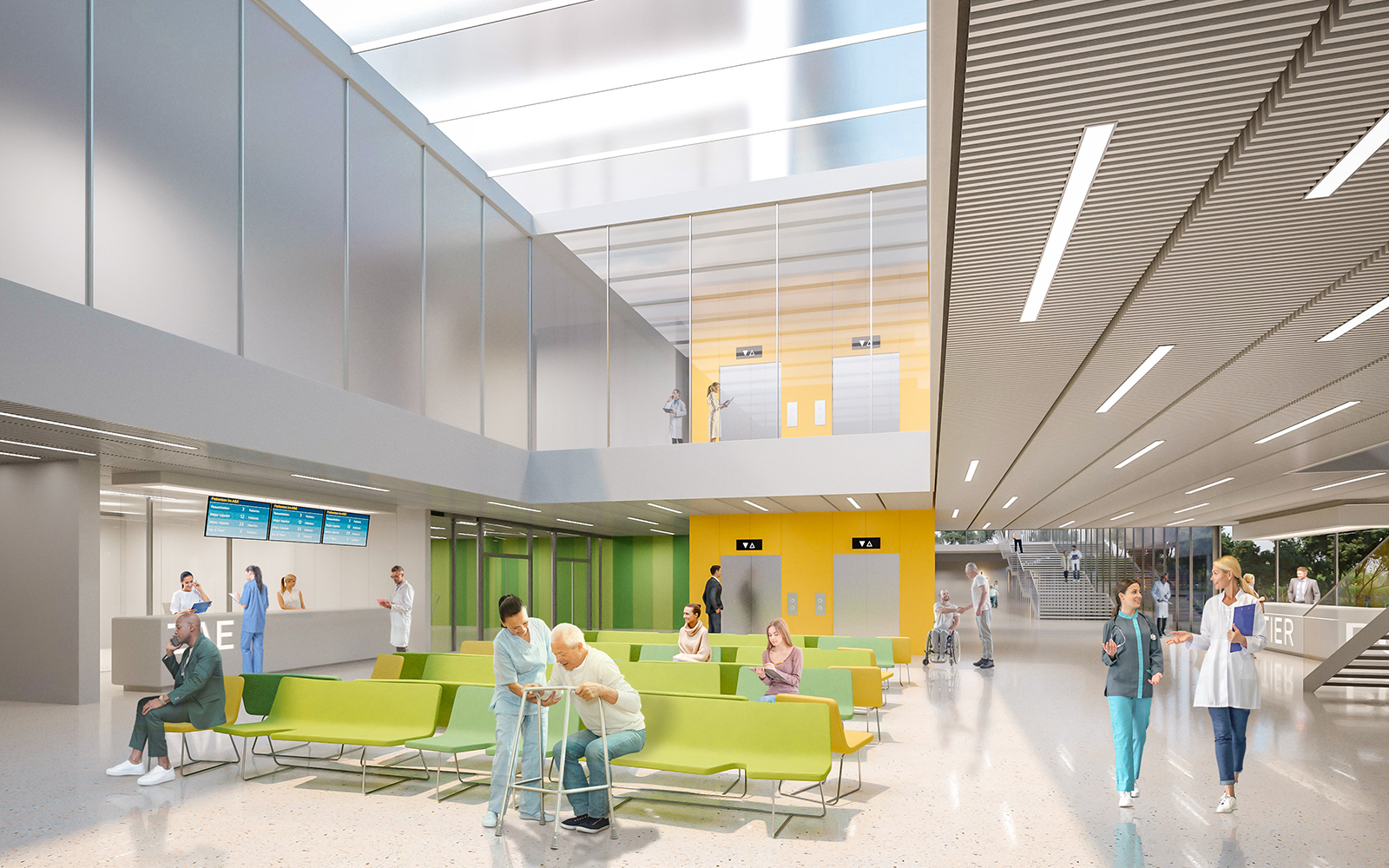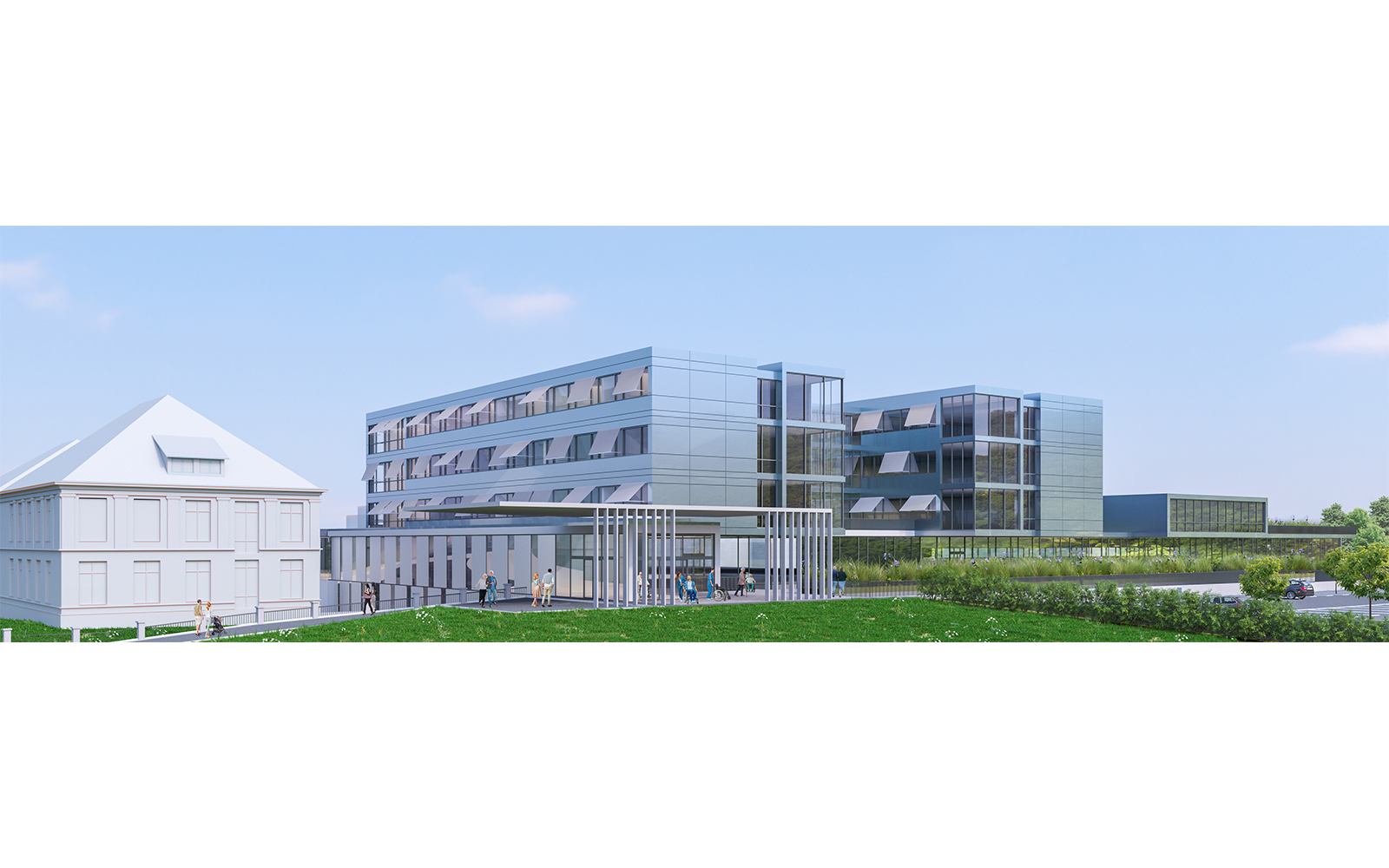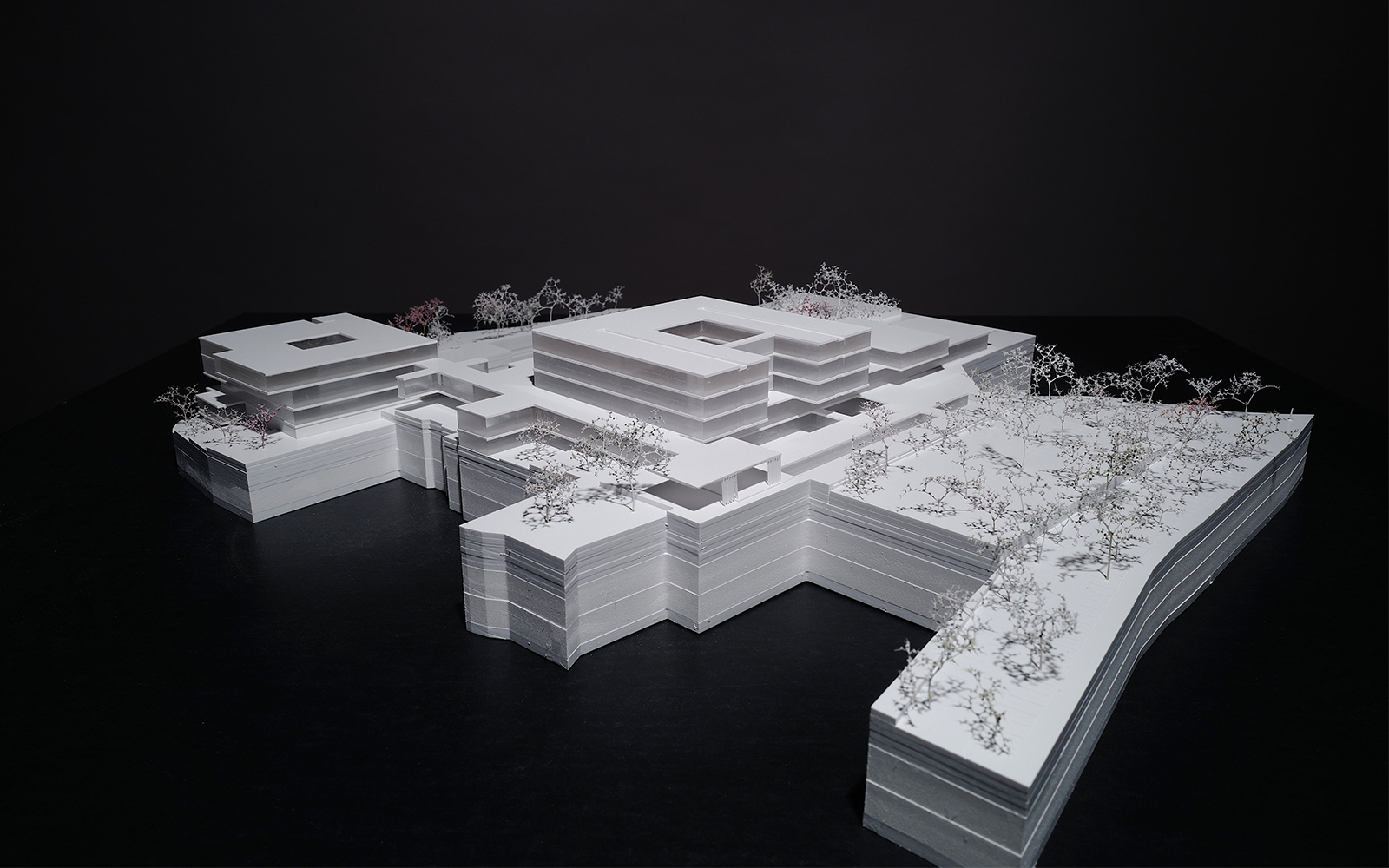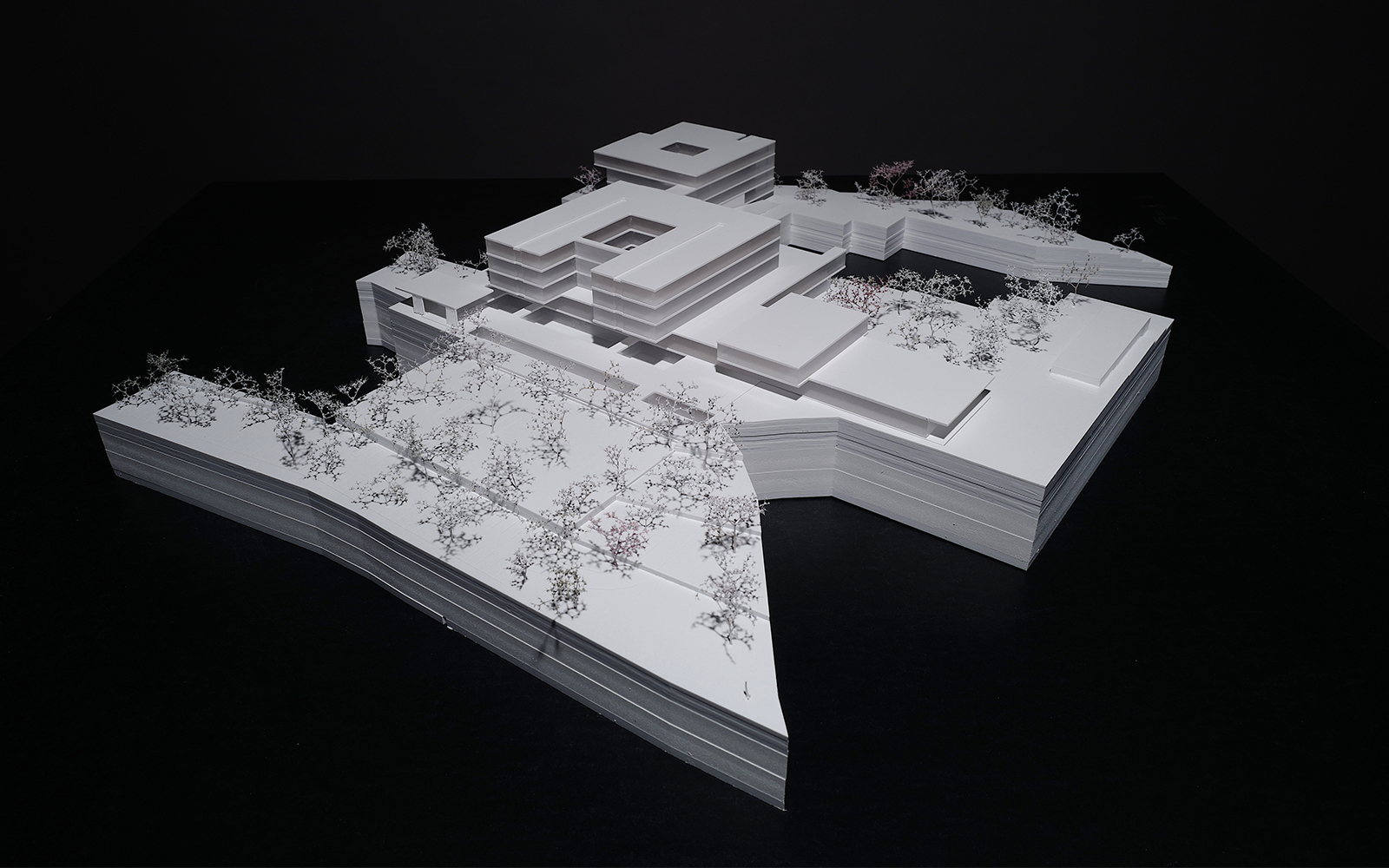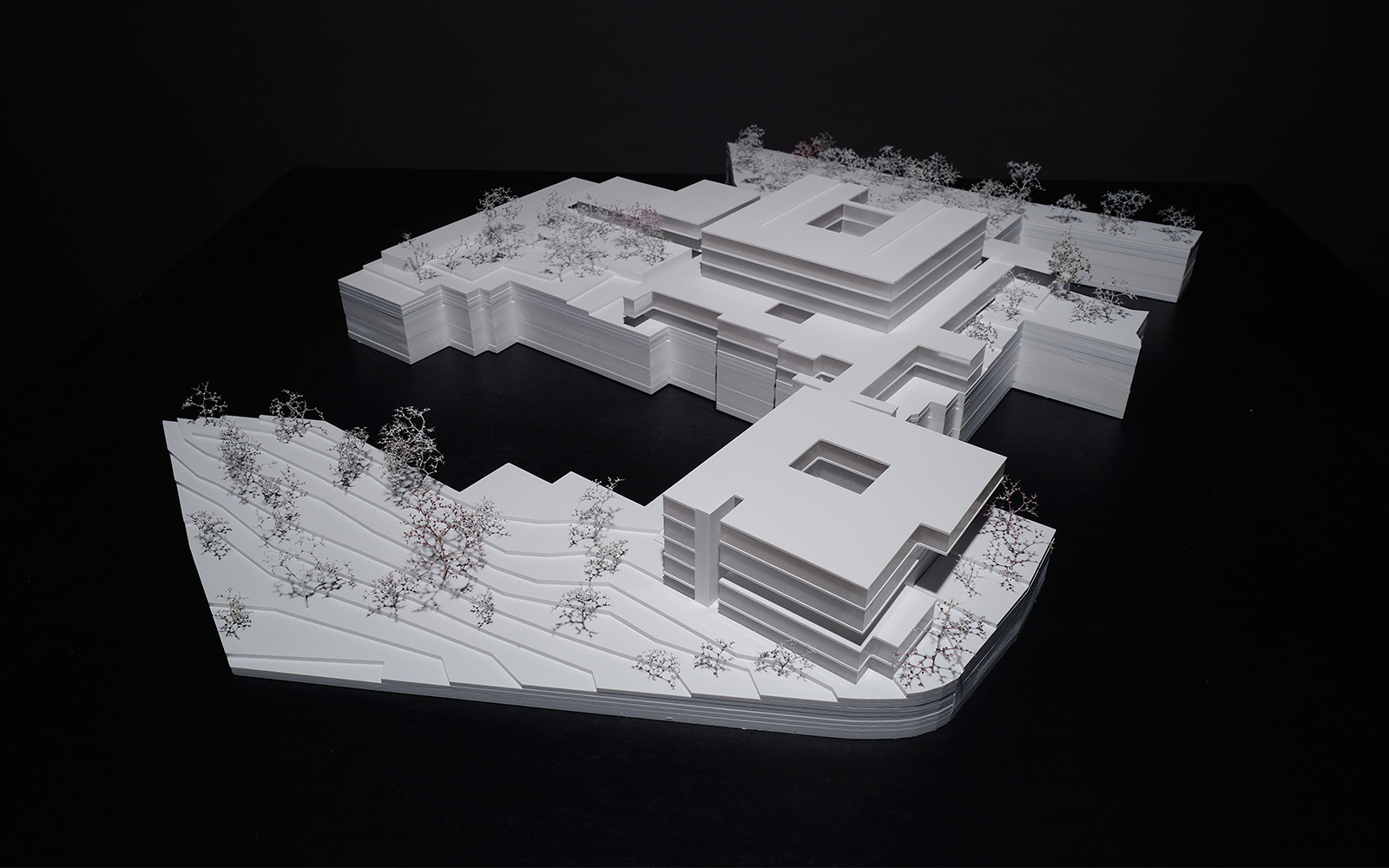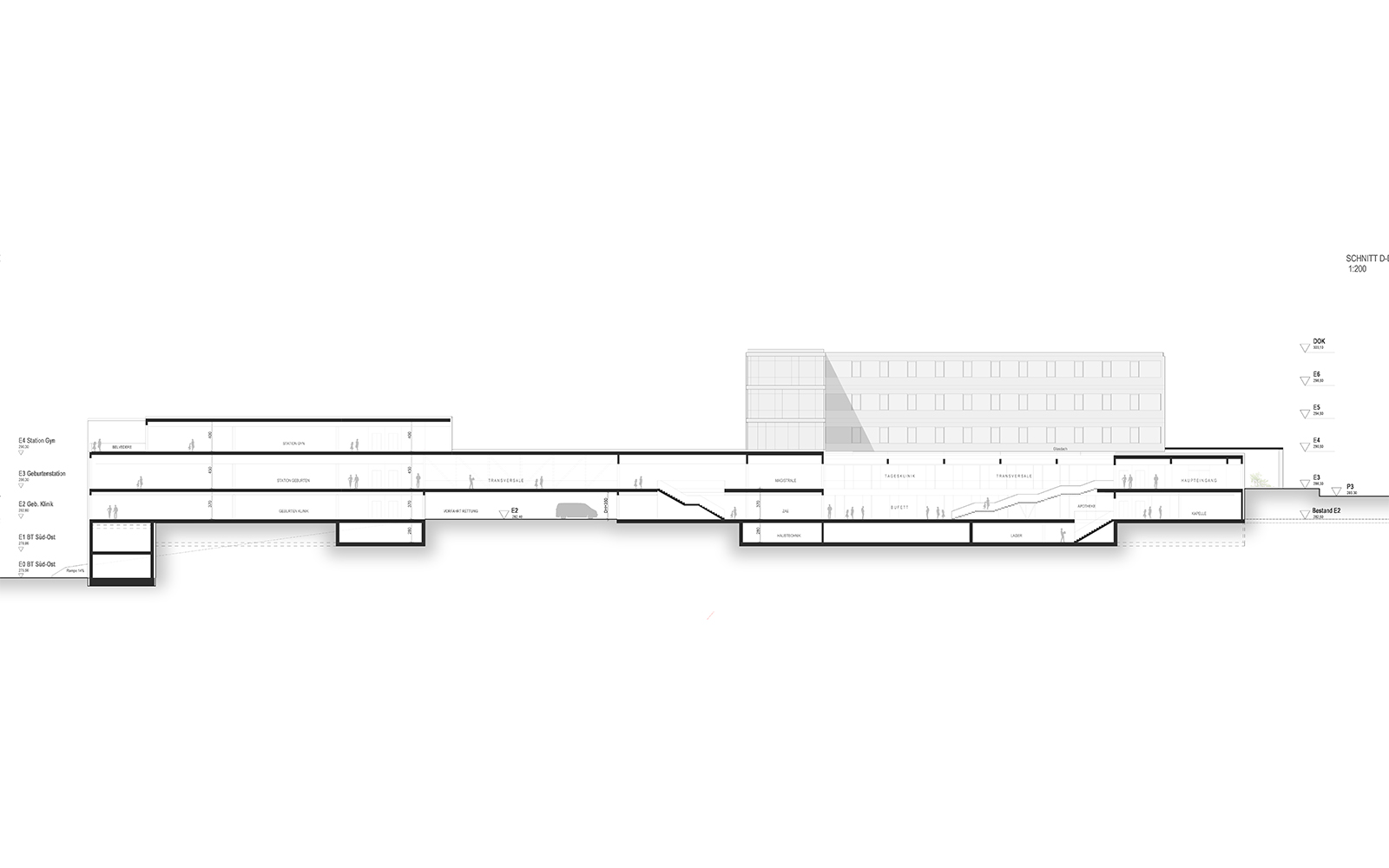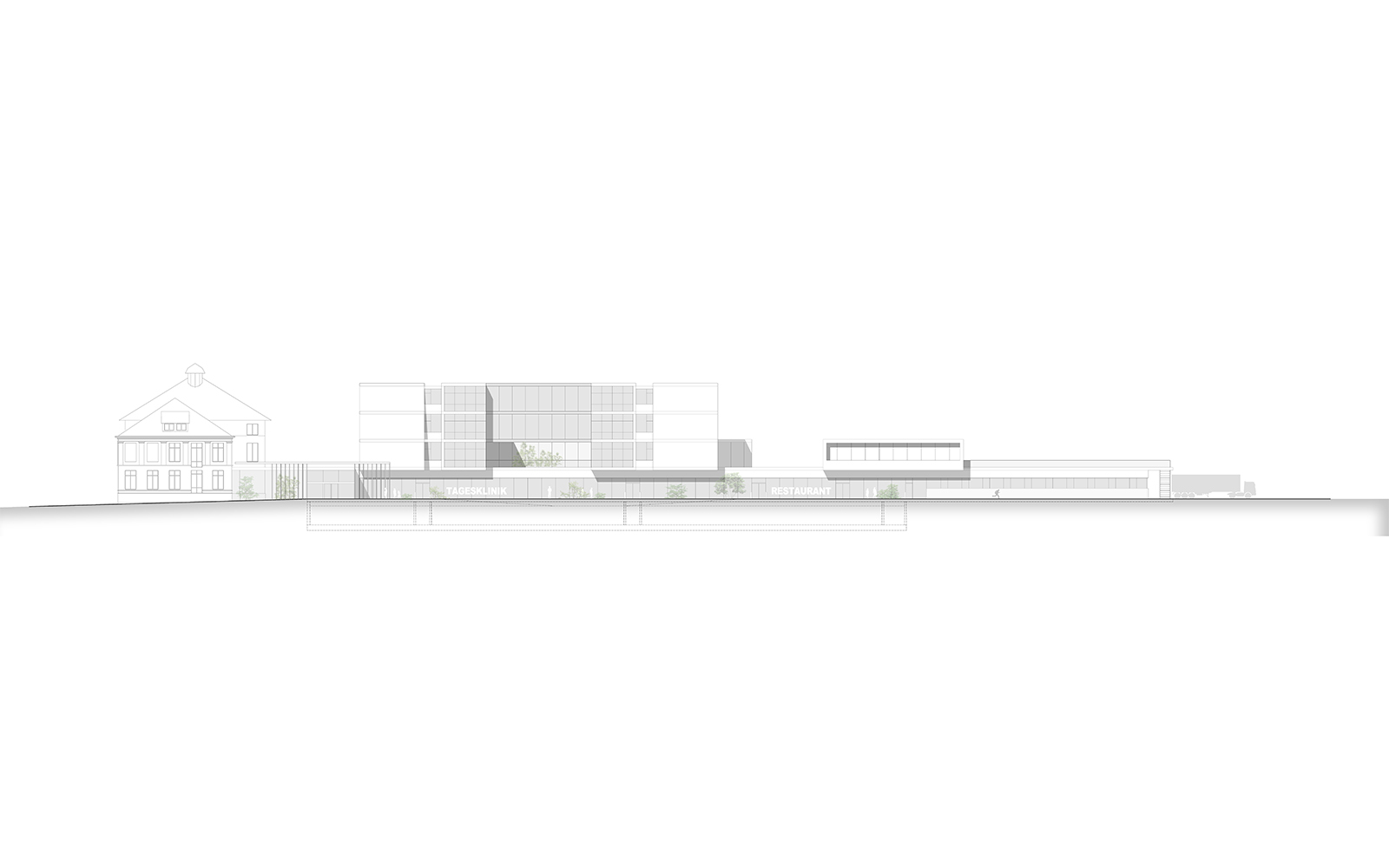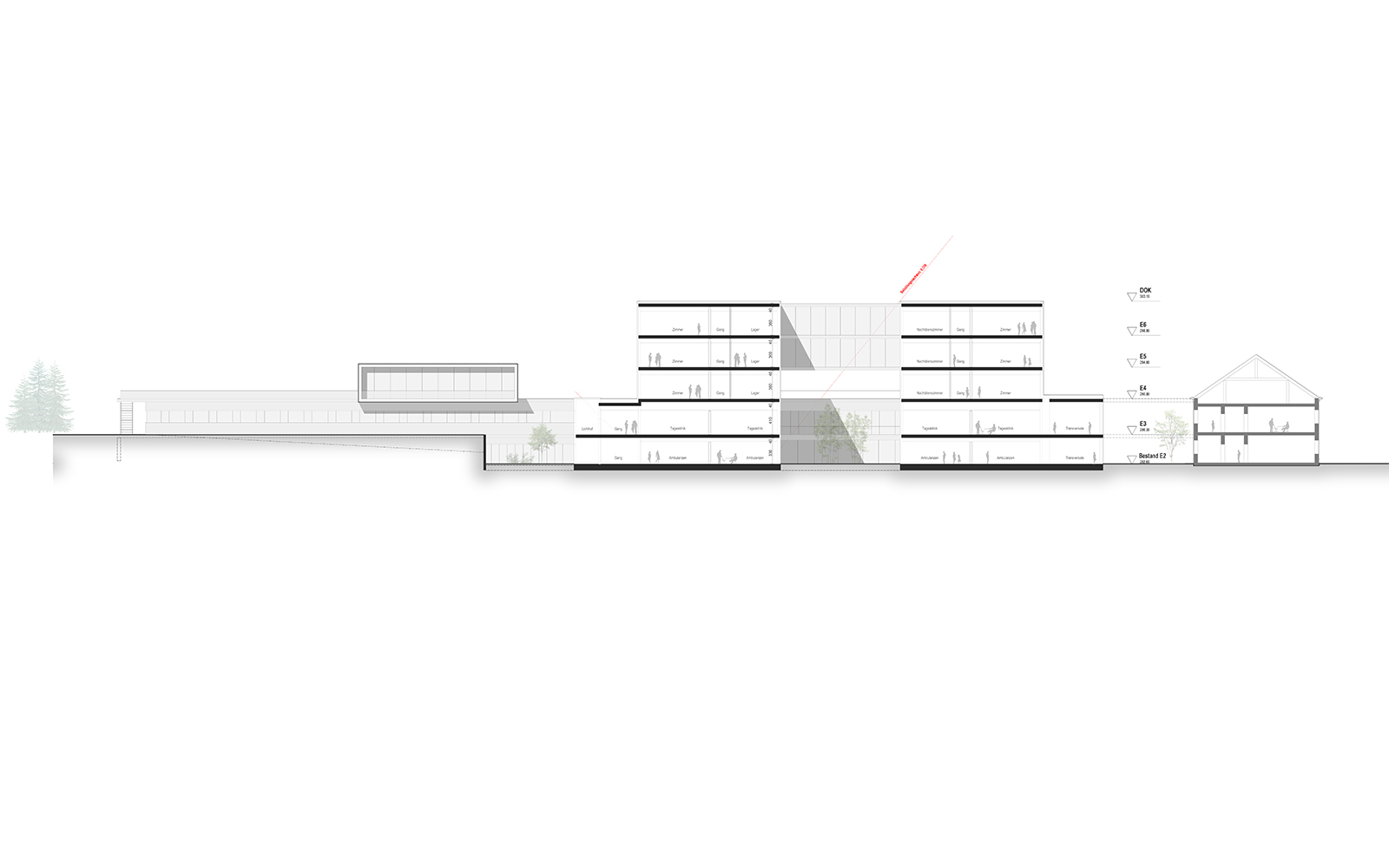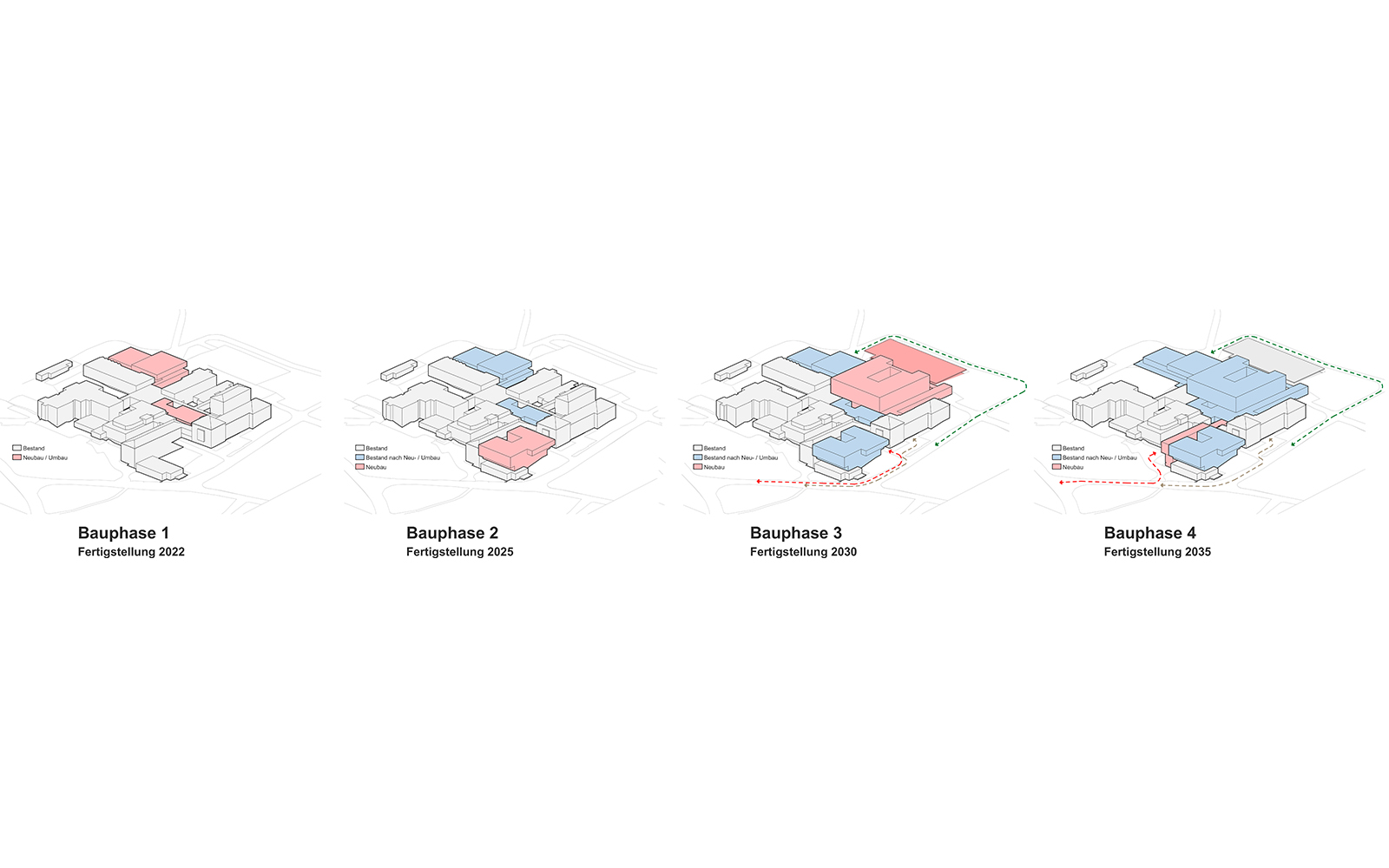Oberpullendorf Hospital
2021
2021
7350 Oberpullendorf
Competition 2020-2021
Awarded by: KRAGES Burgenländische Krankenanstalten GesmbH
The hospital, which was opened in 1929, has been continuously rebuilt over the decades and new sections and departments have been added. A further comprehensive extension will be completed in four construction phases by 2035 and will include a new hospital kitchen with event area and dining hall, an enlarged operating department and the construction of a new maternity clinic.
The restructured parts and the extension buildings are based on the heights of the historic hospital building and the existing nursing home thus aiming to create a harmonious blend of old and new. With the goal to reduce the traffic and to create a green filter, a car-free promenade will be developed in place of the current access road between the parking deck and the hospital complex, which, together with the greened recreation courtyards, atriums, terraces, and green roofs, will form a network of open spaces offering a high quality of stay.
For the purpose of easy orientation and with the aim of providing short routes and separate entrance options for different user groups, a cross-shaped access system is planned, representing the backbone of an efficient organisation. Running in parallel to the urban edge of the historic building, a transversal accommodates the main entrance. The pharmacy, the buffet and the prayer room are attached to it. A main corridor in the central axis provides access to the clinic areas and wards on five levels, starting from the hall that is located at the intersection with the transversal corridor. The finger-shaped layout of the wards provides an unobstructed view of the green open spaces and the surrounding green belt.
The heart of the hospital, i.e. the operating theatre on level 3, can be reached via an efficient routing both from the main and transversal corridors and is supplied with daylight via an atrium. The event area and dining hall are located along the promenade, and the new maternity clinic completes the area at the end of the transversal corridor in the south-east.
The restructured parts and the extension buildings are based on the heights of the historic hospital building and the existing nursing home thus aiming to create a harmonious blend of old and new. With the goal to reduce the traffic and to create a green filter, a car-free promenade will be developed in place of the current access road between the parking deck and the hospital complex, which, together with the greened recreation courtyards, atriums, terraces, and green roofs, will form a network of open spaces offering a high quality of stay.
For the purpose of easy orientation and with the aim of providing short routes and separate entrance options for different user groups, a cross-shaped access system is planned, representing the backbone of an efficient organisation. Running in parallel to the urban edge of the historic building, a transversal accommodates the main entrance. The pharmacy, the buffet and the prayer room are attached to it. A main corridor in the central axis provides access to the clinic areas and wards on five levels, starting from the hall that is located at the intersection with the transversal corridor. The finger-shaped layout of the wards provides an unobstructed view of the green open spaces and the surrounding green belt.
The heart of the hospital, i.e. the operating theatre on level 3, can be reached via an efficient routing both from the main and transversal corridors and is supplied with daylight via an atrium. The event area and dining hall are located along the promenade, and the new maternity clinic completes the area at the end of the transversal corridor in the south-east.
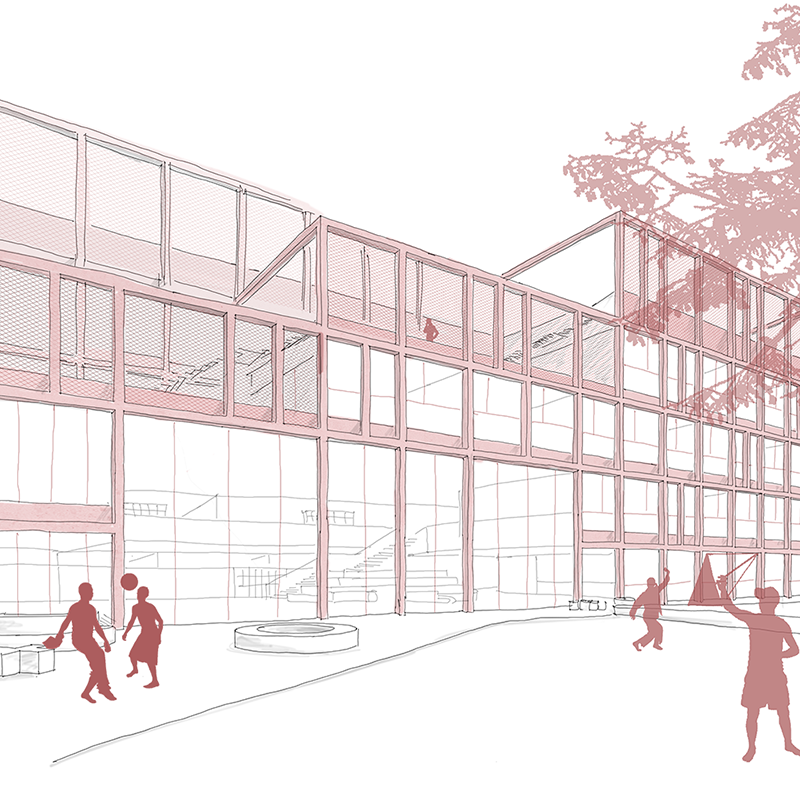
Anerkennung
AHS
Otto-Preminger-Straße
Otto-Preminger-Straße
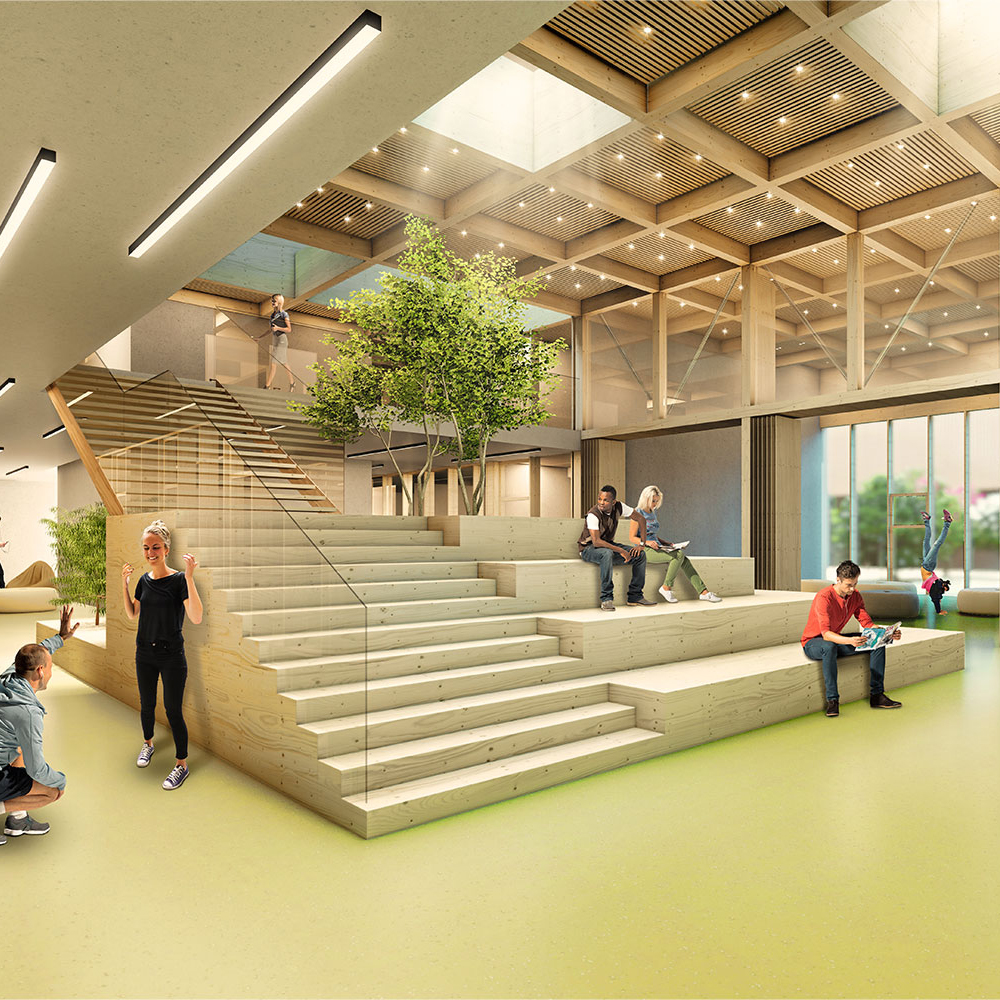
Wettbewerb
Alpen-Adria-Gymnasium
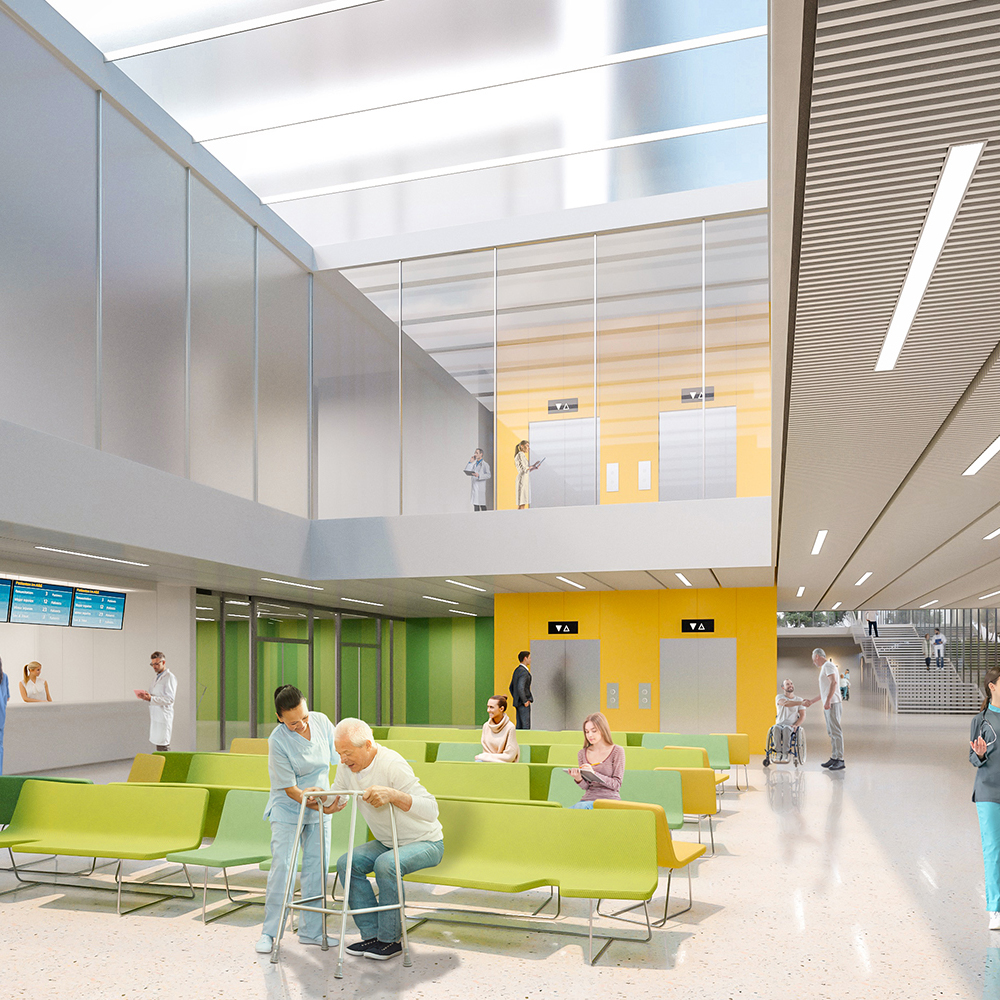
Competition
Oberpullendorf Hospital
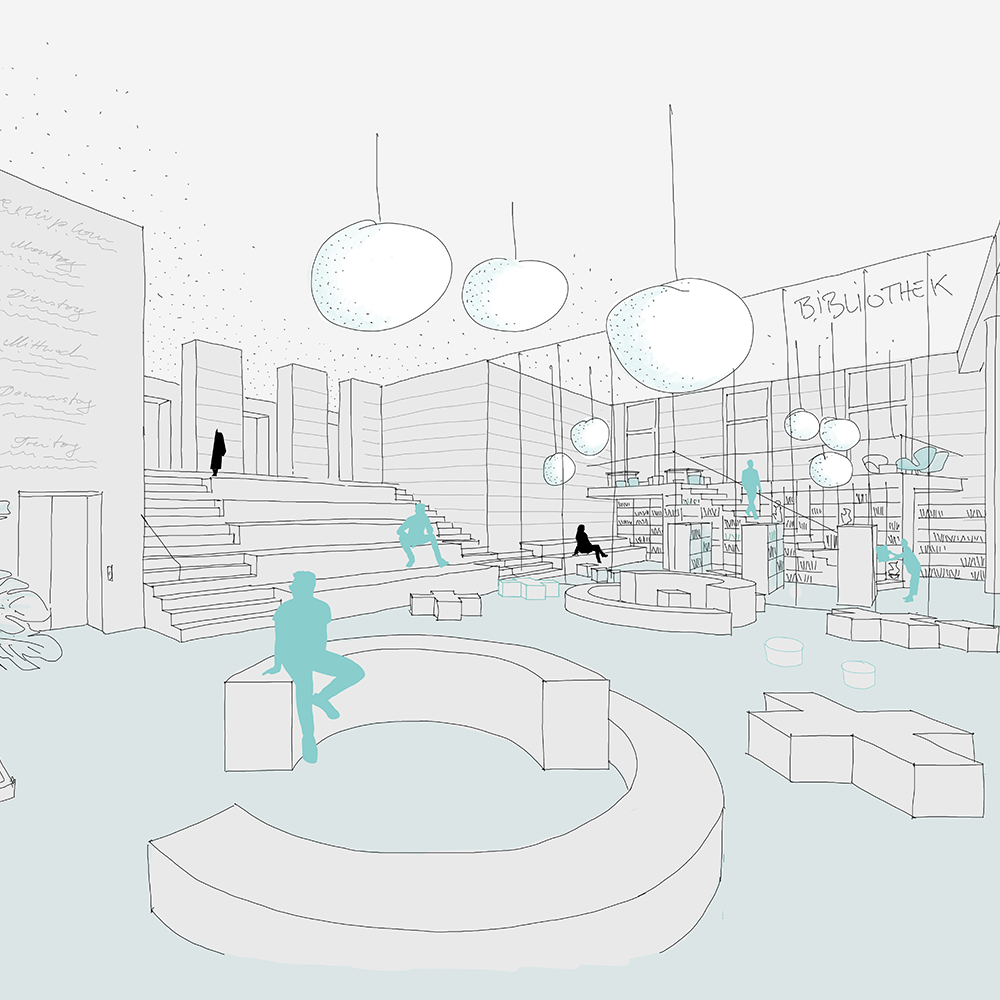
2. Preis
Semmelweisareal Haus 1
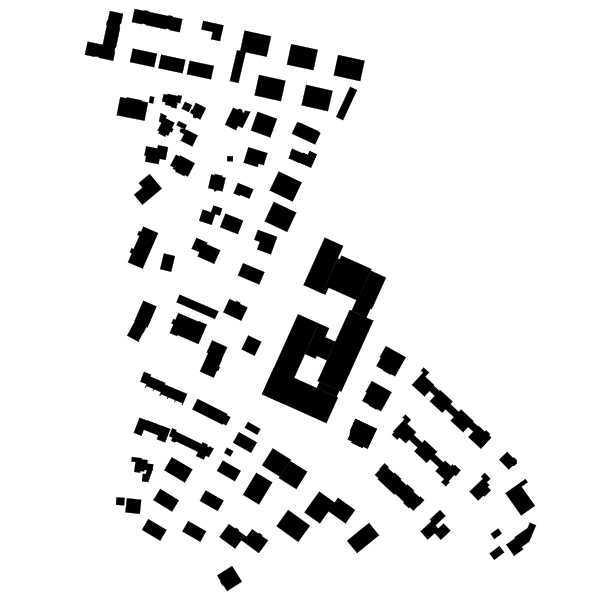
Anerkennung
Federal School Centre Zell am See
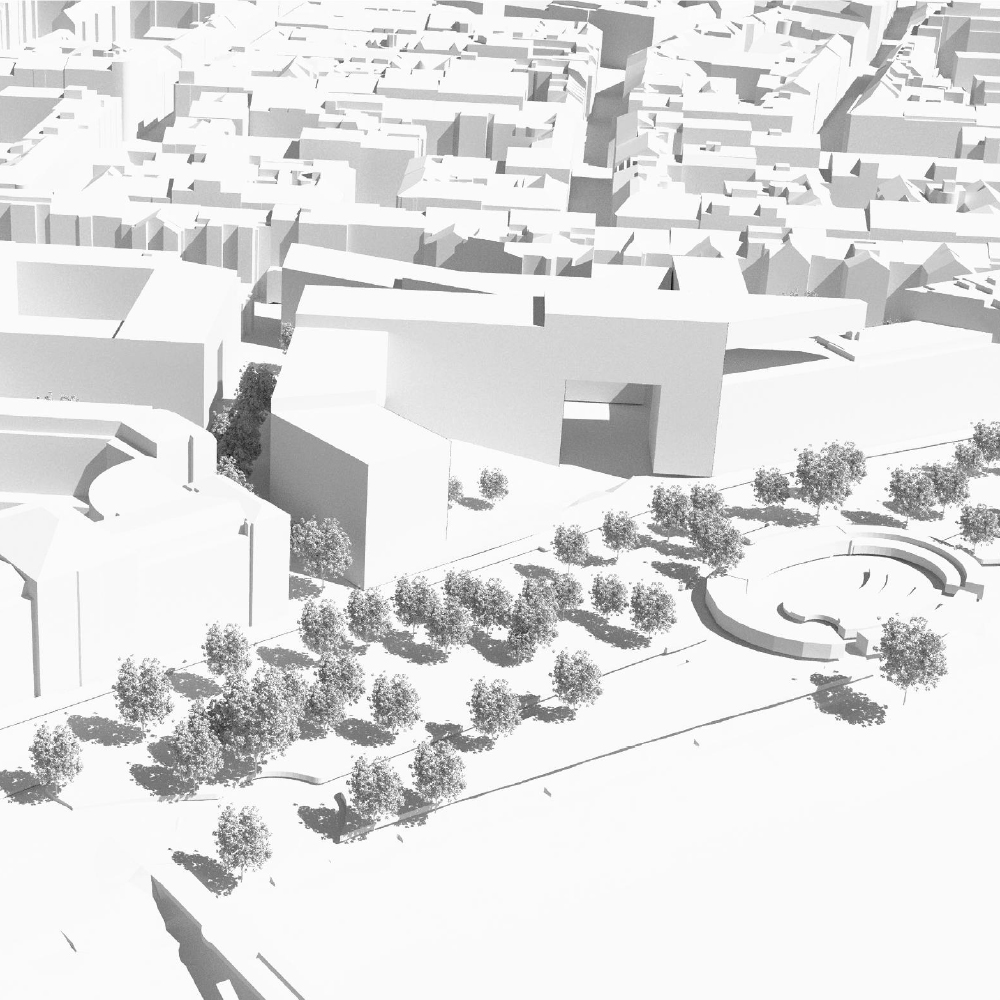
Competition
Leopold's Quarter
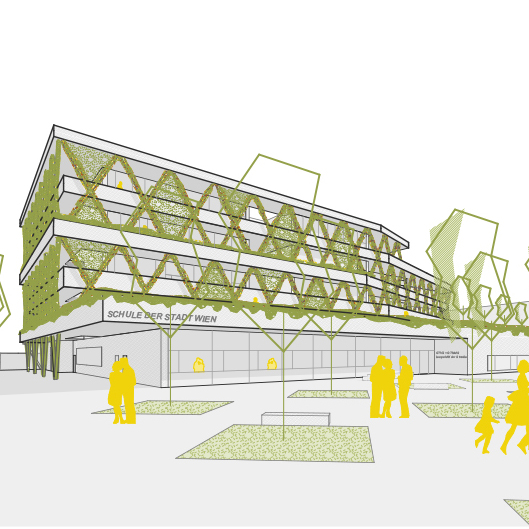
Competition
School Leopold-Kohr-Straße
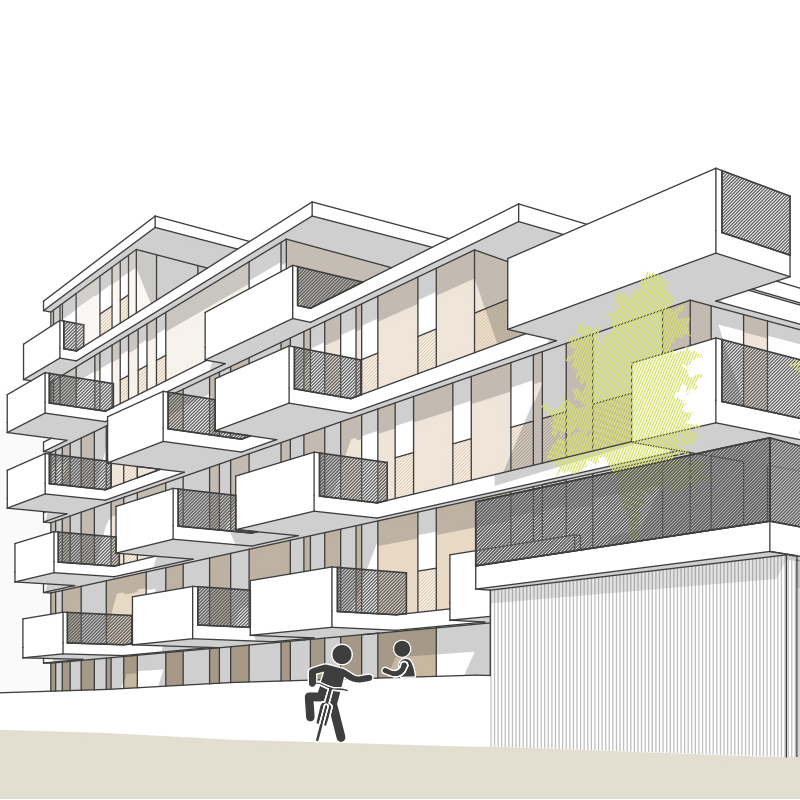
Recognition
Residential development Mendelgasse
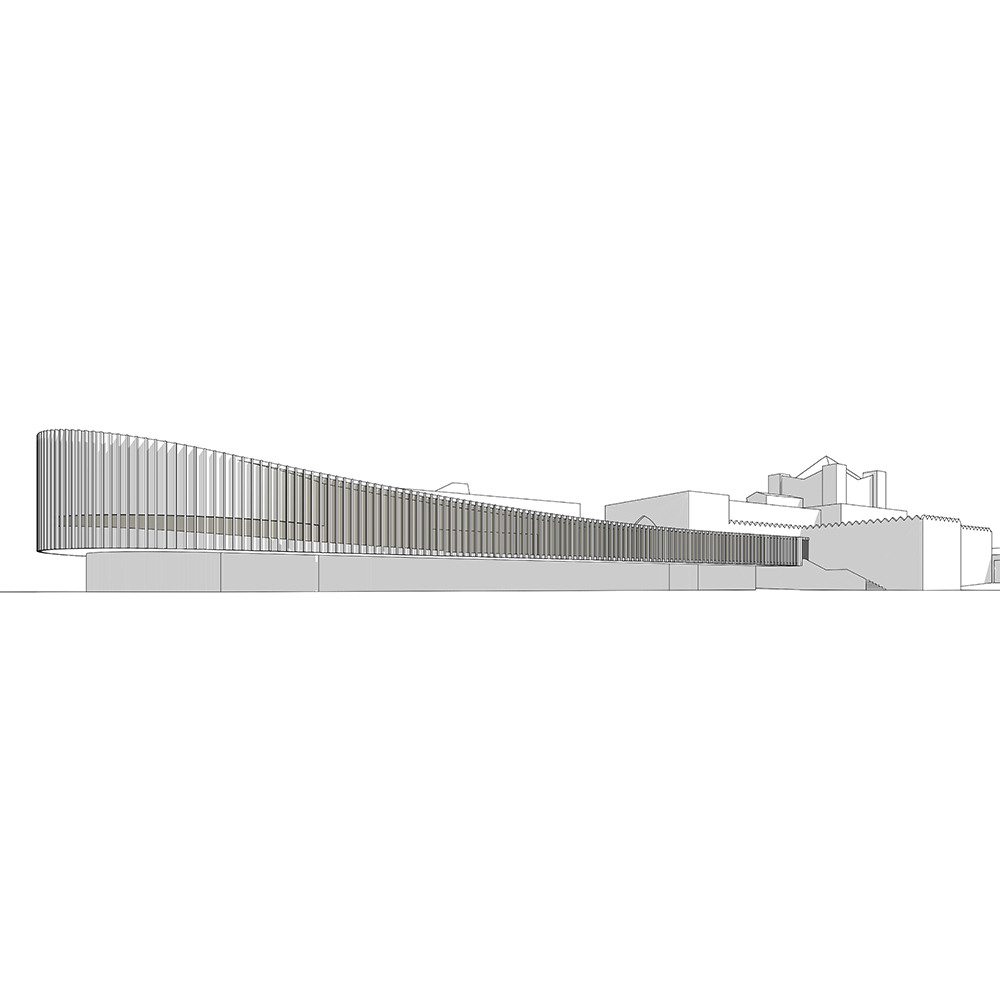
Competition
Extension Crematorium Vienna
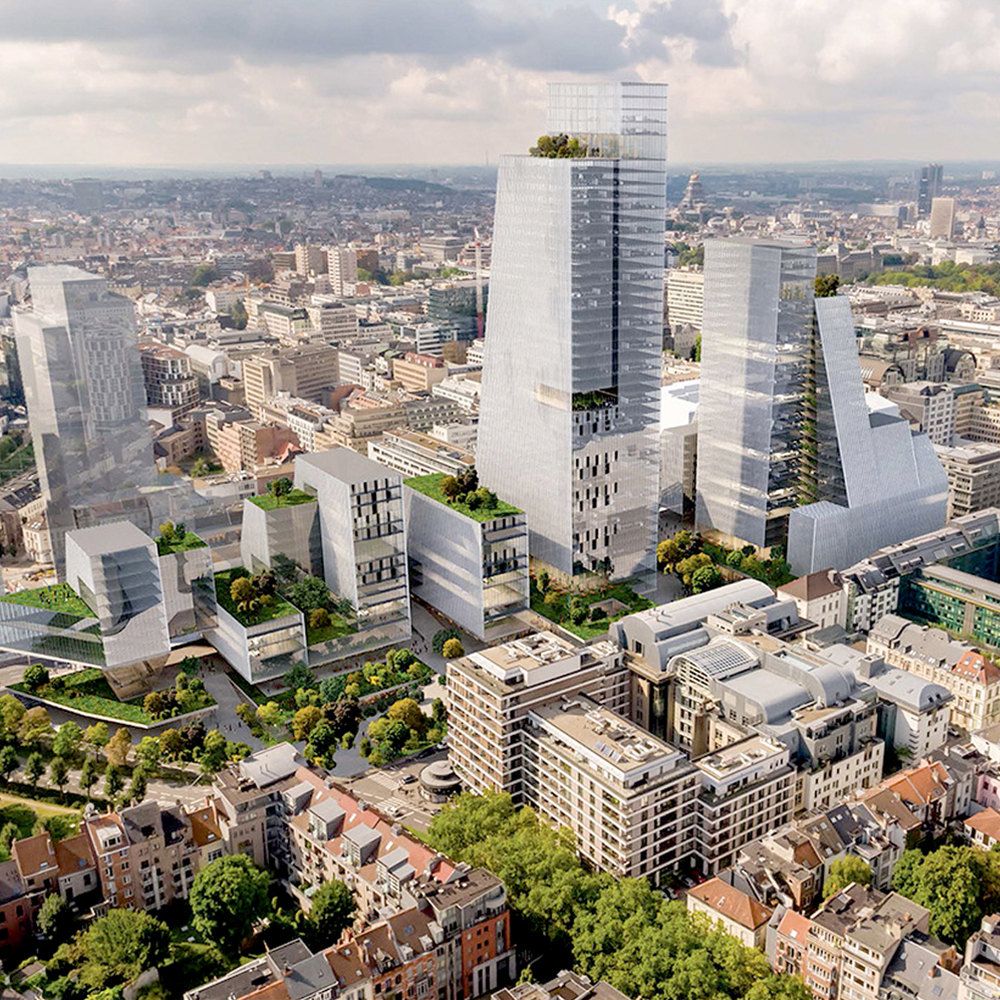
Wettbewerb
Loi 130
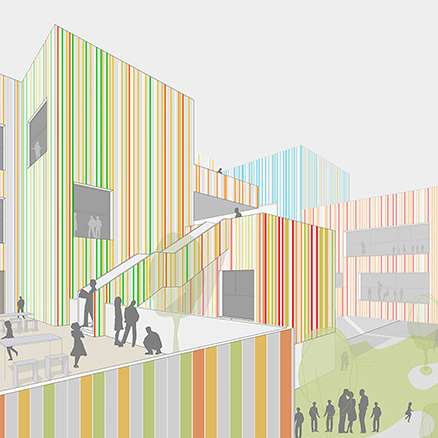
Recognition
Education Campus Deutschordenstraße
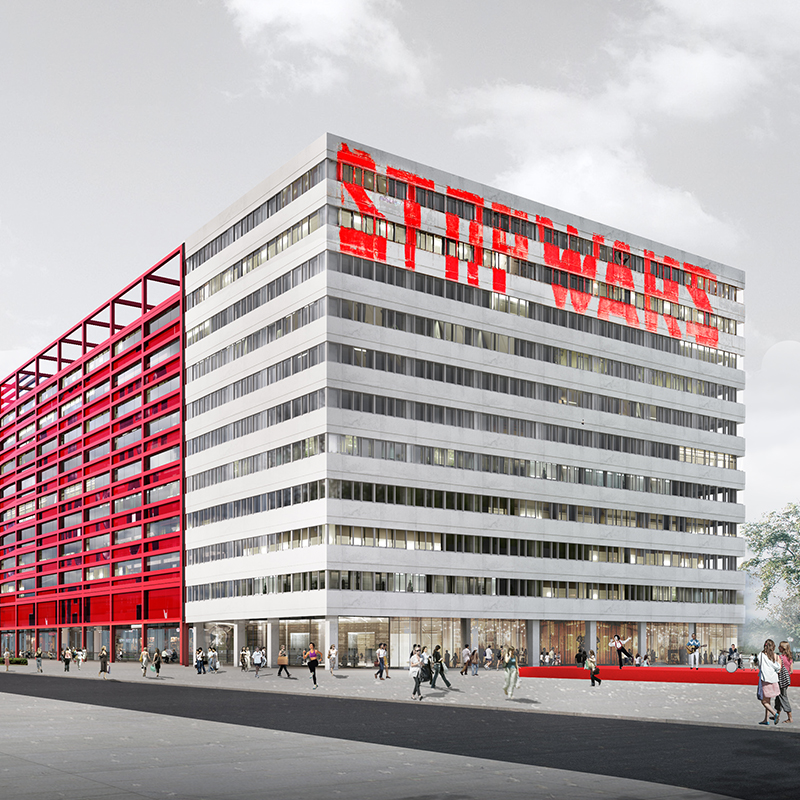
Wettbewerb
Haus der Statistik
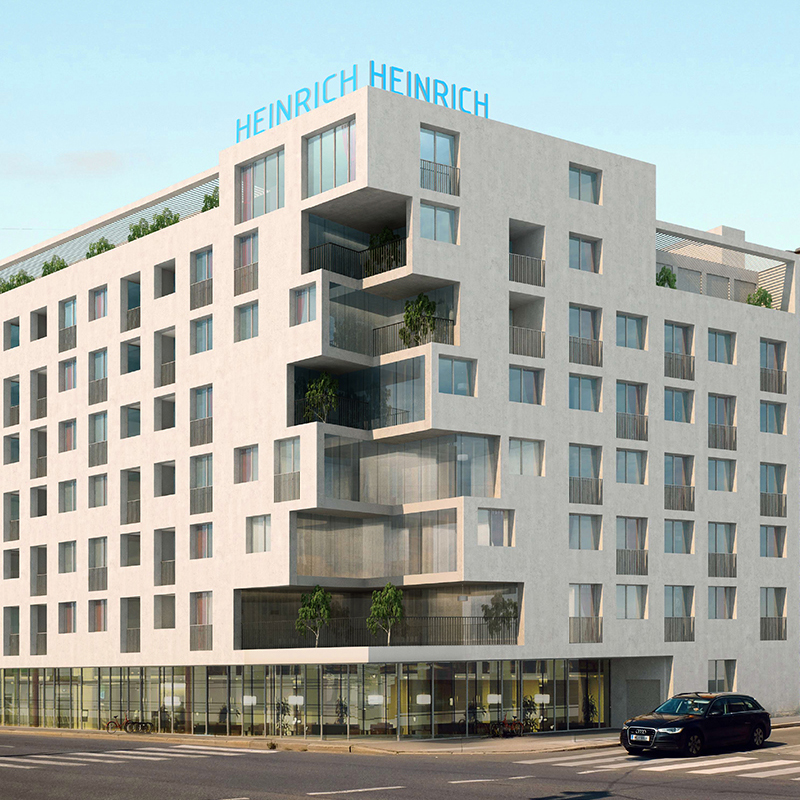
Wettbewerb
Heinrich – Serviced Apartments
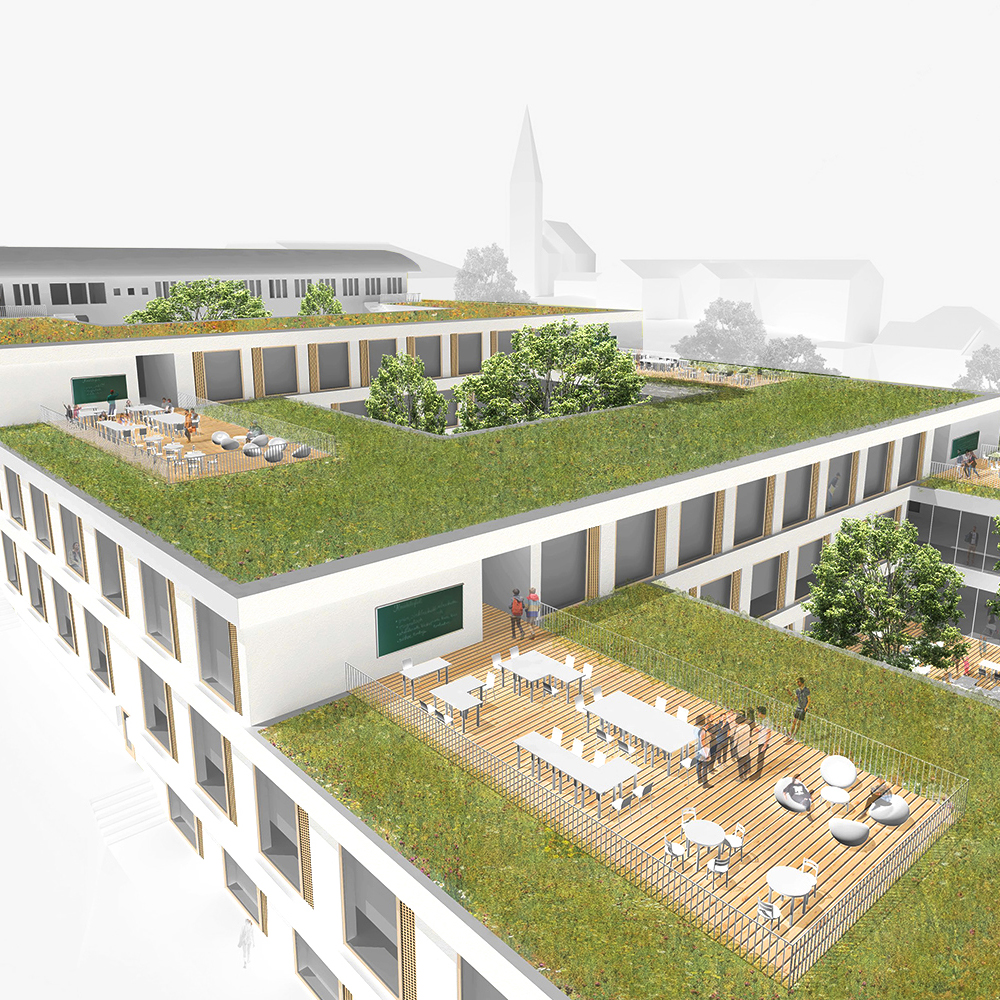
Wettbewerb
Konrad-Lorenz-Secondary School Gänserndorf
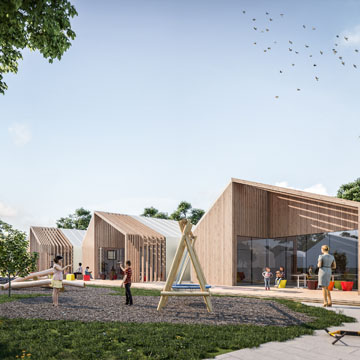
3rd Prize
Lower Austria State Kindergarten Pulkau
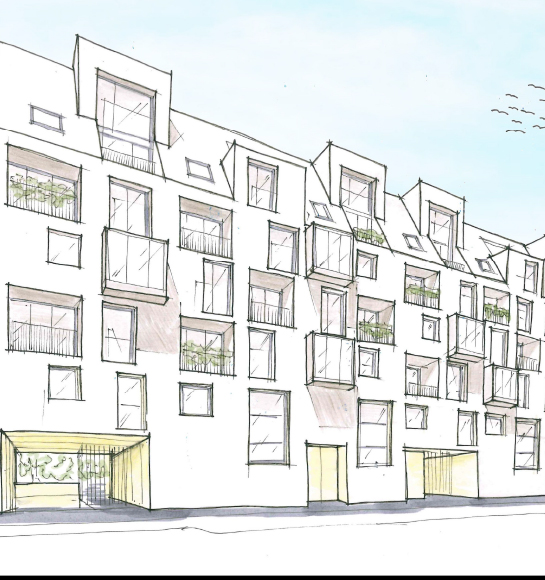
Competition
Residential building Buchengasse
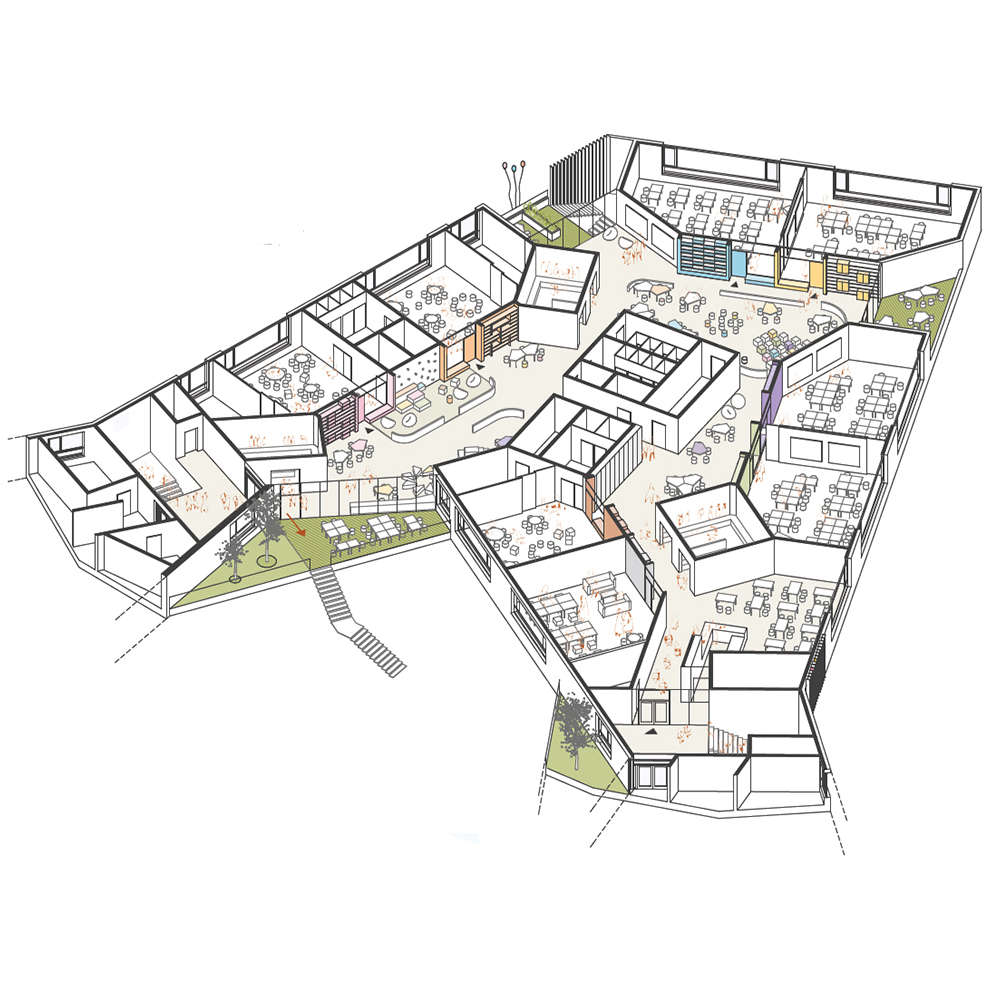
3rd prize
Aron Menczer Education Campus
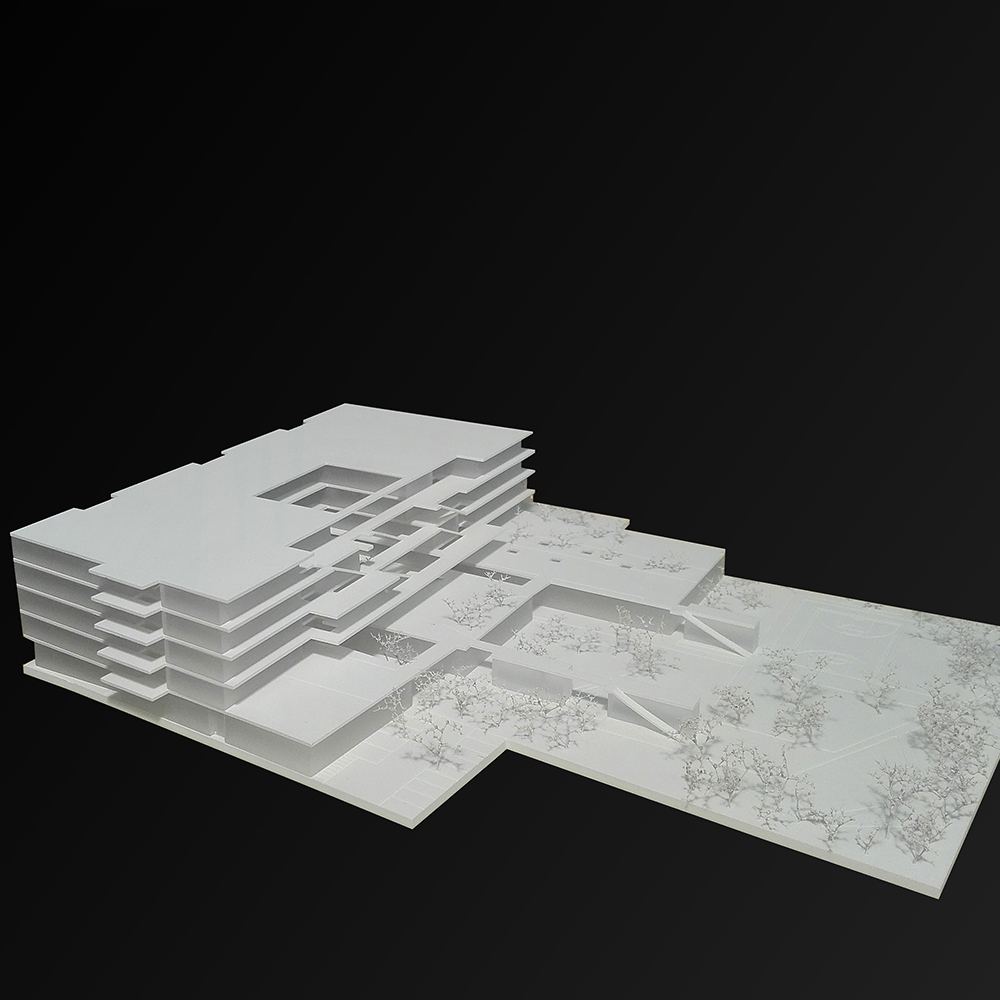
3rd prize
Education Campus Atzgersdorf
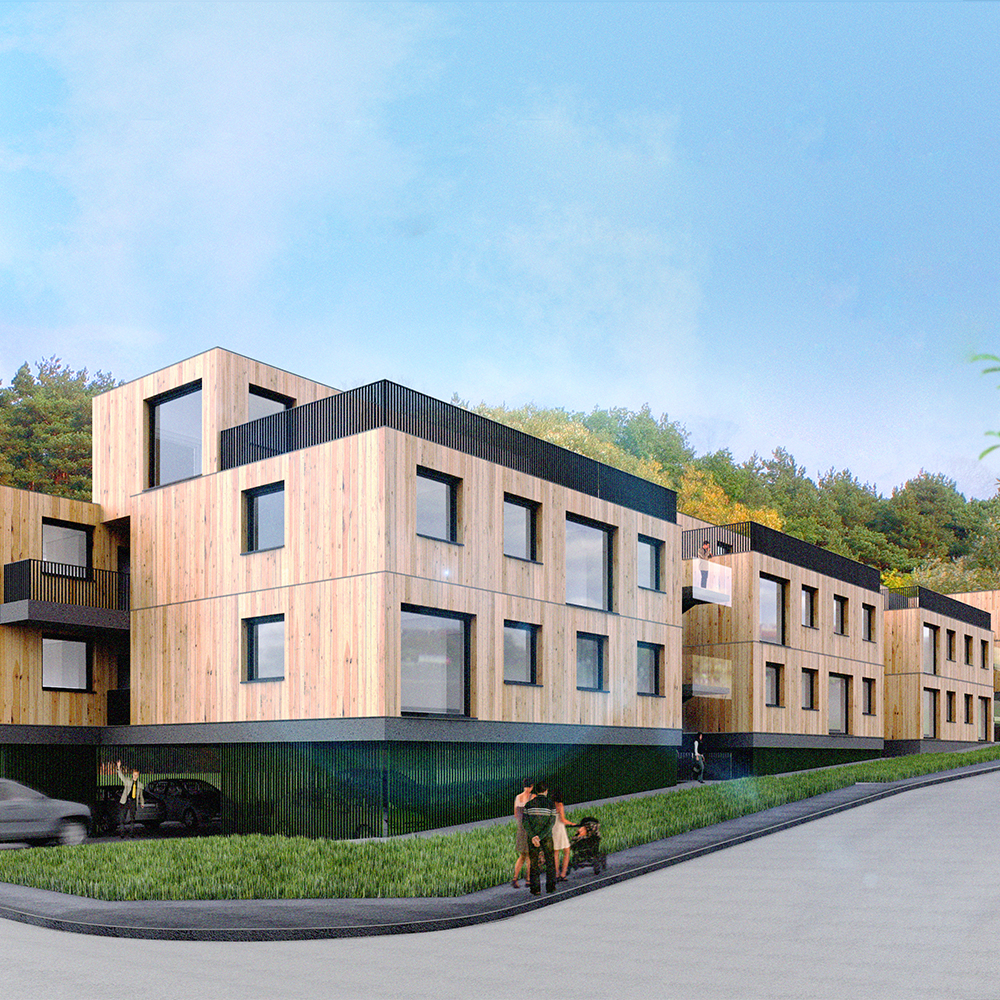
Wettbewerb
Forest Hill - Affordable living in Breitenfurt
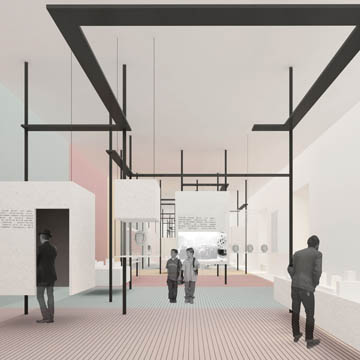
2nd prize
House of History Austria
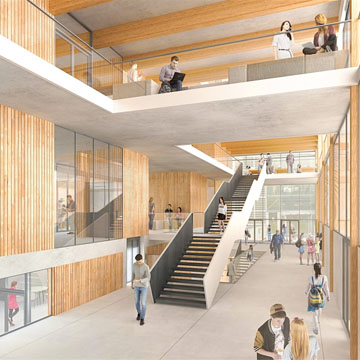
Recognition
New building for the University of Natural Resources and Applied Life Sciences, Vienna
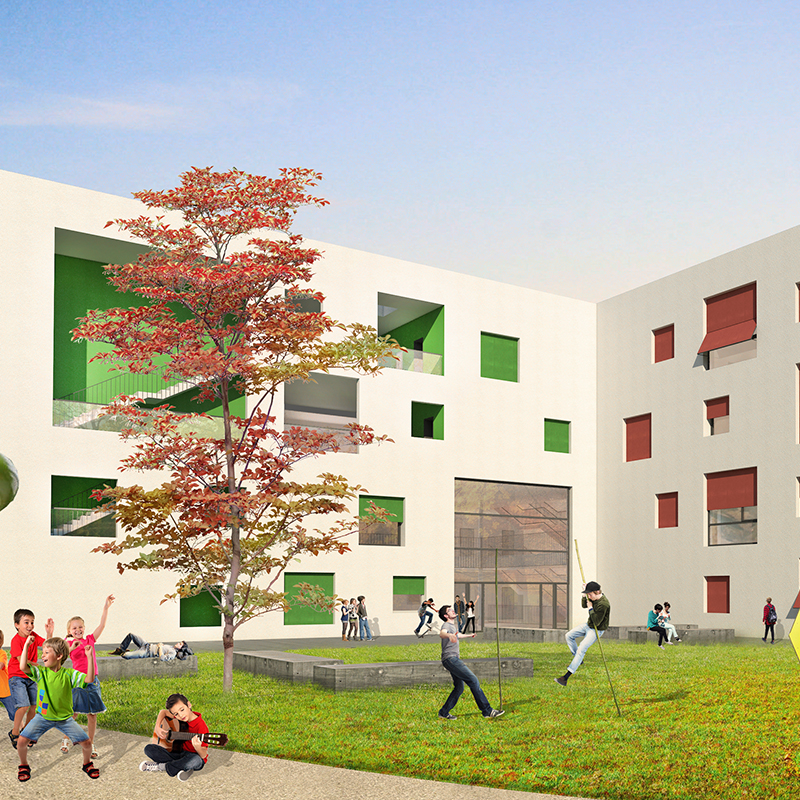
Wettbewerb
NMS (Neue Mittelschule – New Secondary School) Spielmanngasse
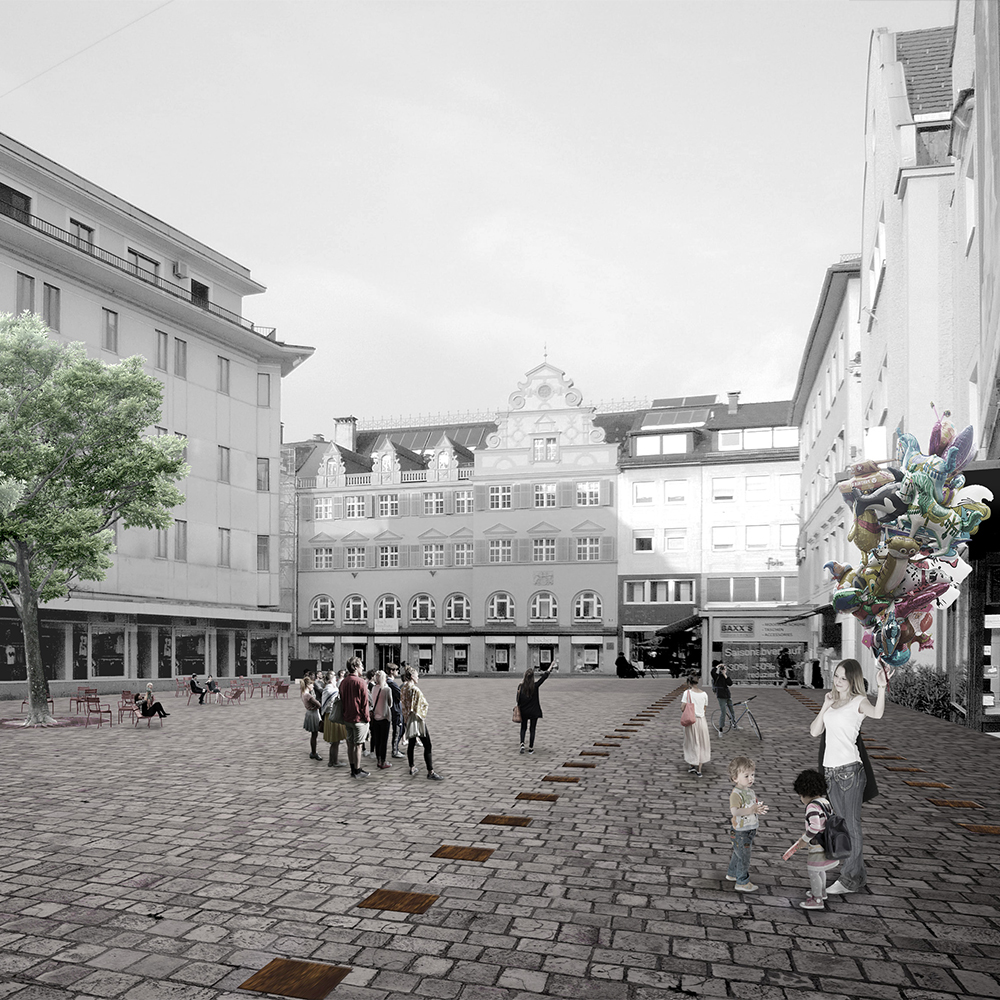
Wettbewerb
Neighbourhood development Leutbühel
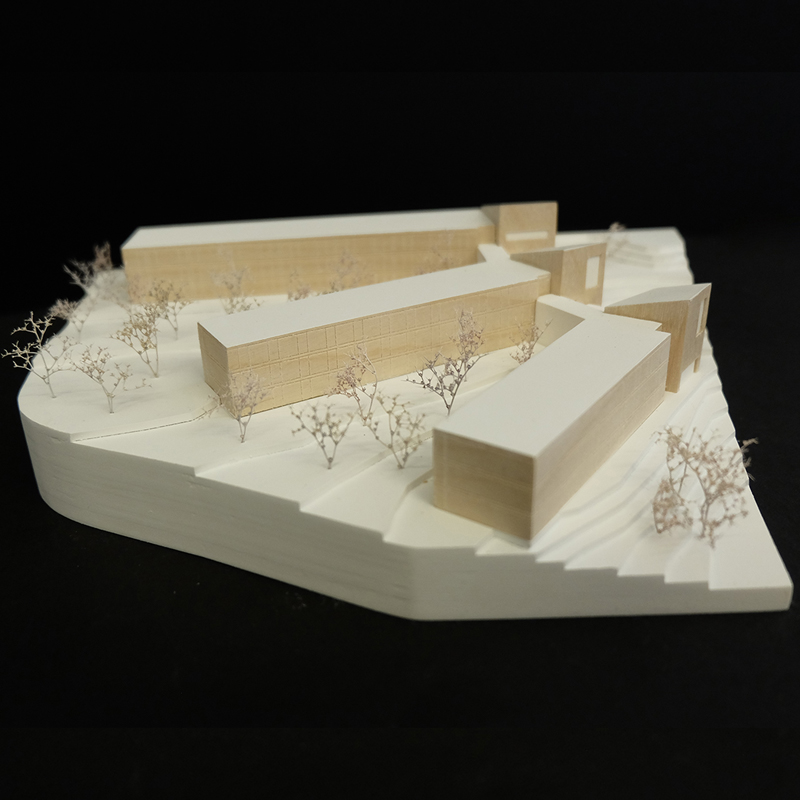
Competition
Students hostel Pitzelstätten
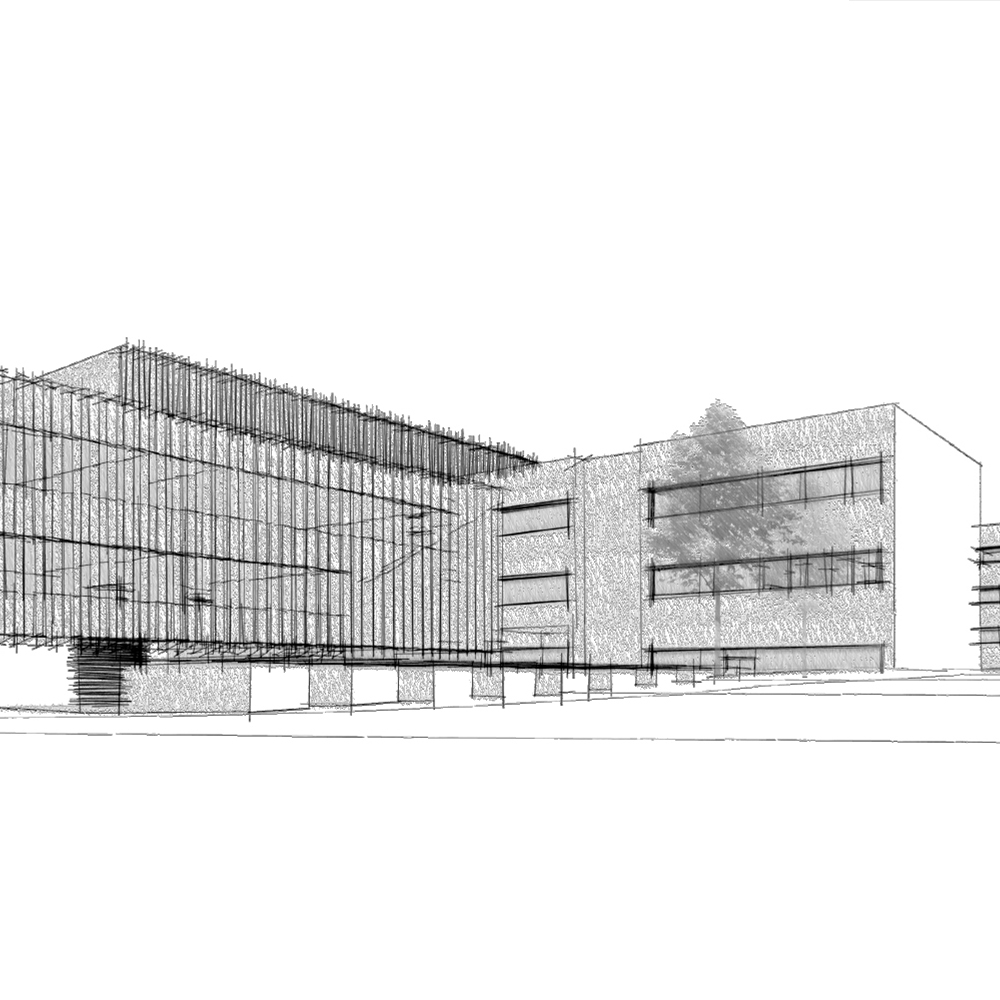
Wettbewerb
School Competence Centre Ferlach
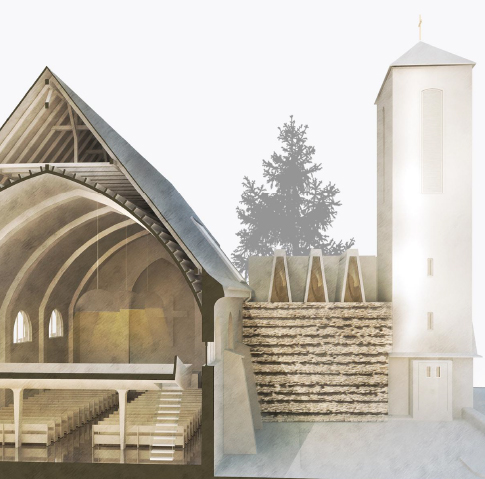
Competition
Parish church of Essling
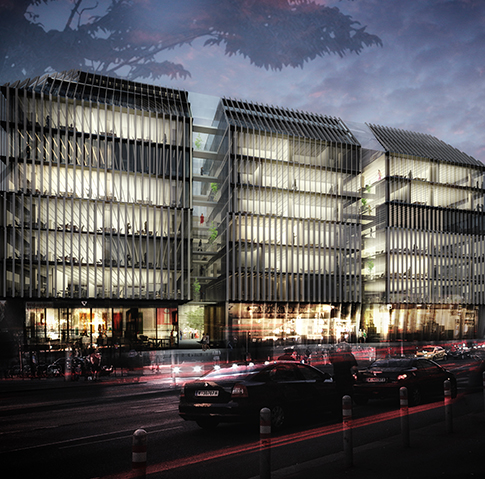
Competition
Rathausstraße 1
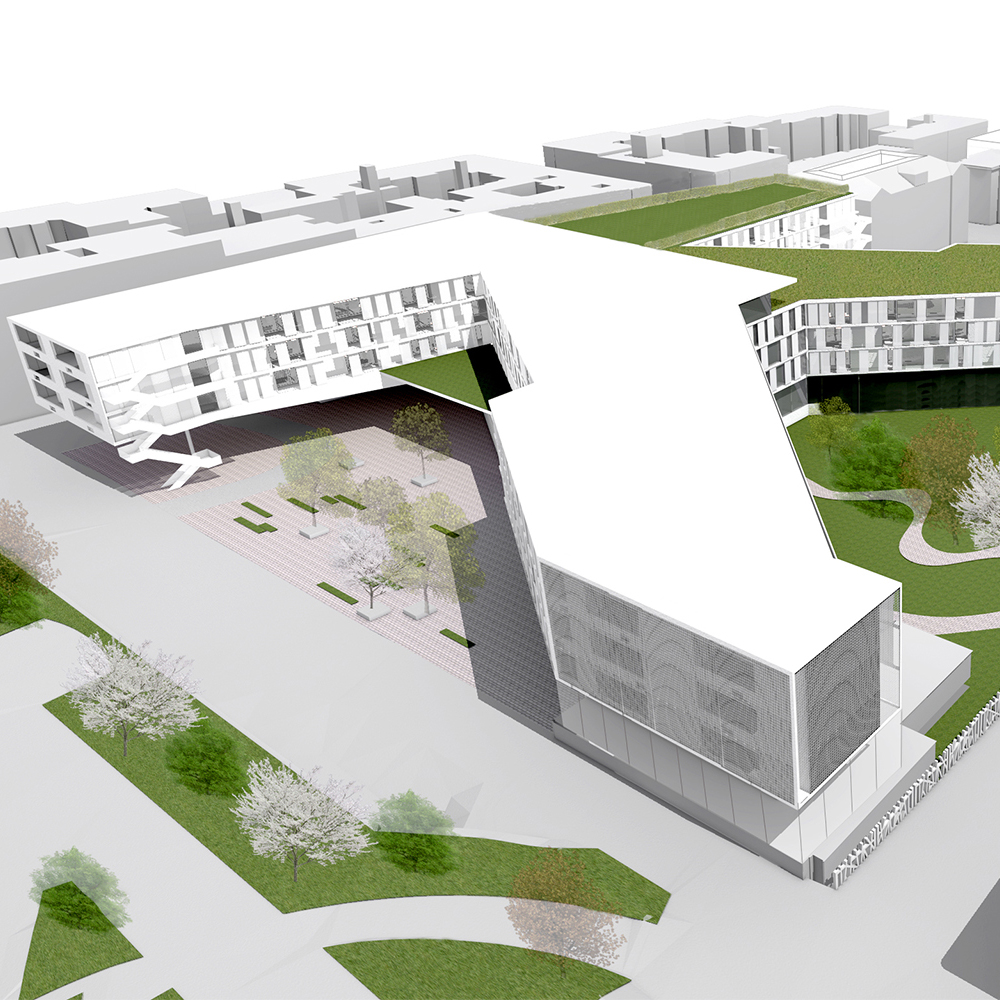
Competition
Kaiserin Elisabeth Hospital
Multifunctional Centre Elsterwerdaer Platz


